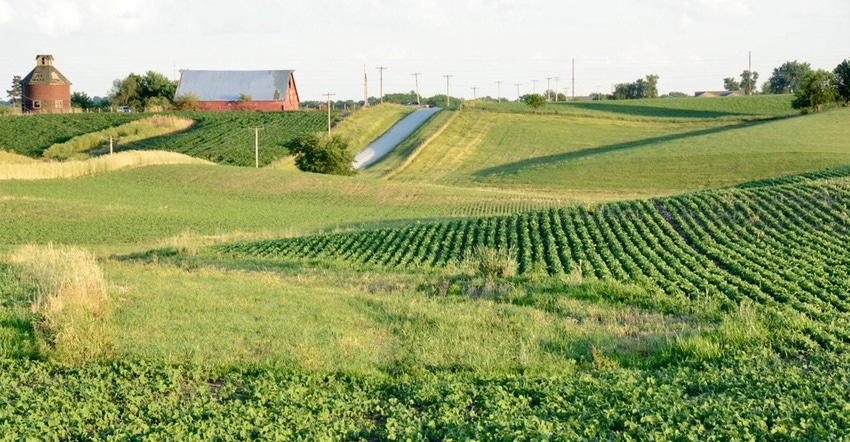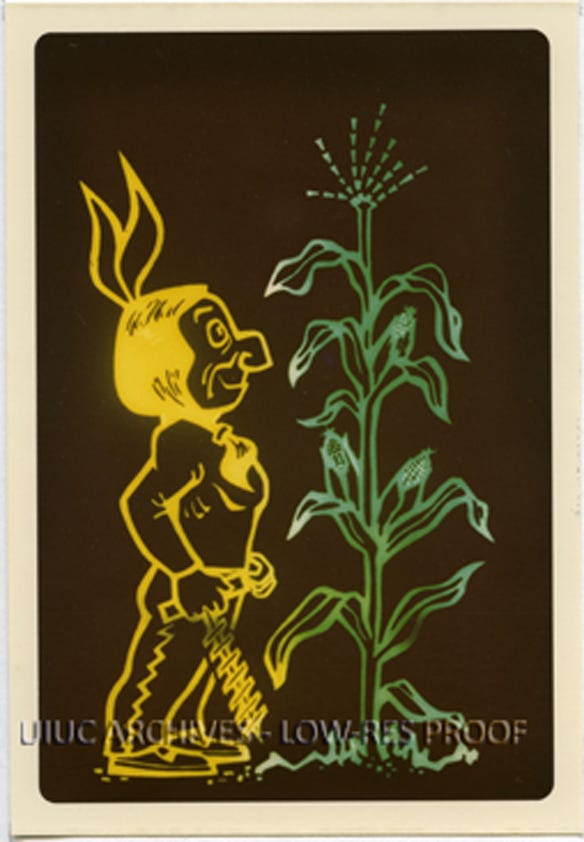October 11, 2018

Even though the job title for my position is state conservationist, for most of my career with the Natural Resources Conservation Service, I was technically classified as a soil conservationist. However, by education, I am an agronomist — one who is involved with the application of plant and soil science.
I greatly appreciate the formal education in agronomy I received from the University of Illinois. In fact, I had a couple of “aha!” moments there, where a concept really hit me. One moment was presented in 1979, courtesy of Dr. Tom Burger, professor of agronomy and adviser to the Agronomy Club.
We were at an event at the university’s South Farms. The Agronomy Club was selling T-shirts that depicted a figure of an American Indian man holding a soil auger and standing proudly next to a fully tasseled corn plant. It was obvious more time was spent ensuring the corn plant was biologically correct than the anatomical depiction of the man. I assumed the man’s presence had something to do with the link to native tribes from which the state and university derived their names.
Dr. Burger explained to me that the Indian man had nothing to do with the Illini but was a reference to Squanto. Squanto was the Patuxet Indian who, in 1621, helped the Pilgrims survive their first year in the new world. Squanto had learned to speak English when he was captured and enslaved by Europeans years before. He managed to escape and return home, only to find his village wiped out by disease and other interactions with foreign visitors.

SQUANTO: This logo was used by the University of Illinois Agronomy Club until it was retired by the university in 1989.

Squanto was a natural liaison between these new people and tribes of the Plymouth area because he knew both cultures. Even with his personal hardships, he taught new residents how to grow native crops such as corn, beans and squash. That experience included the use of fertilizer (in the form of fish) to give the corn a boost in growth. Using that knowledge, the Pilgrims were able to survive those first crucial winters, which set the foundation for our modern-day Thanksgiving tradition.
Recognition and retirement
It was because of those essential actions that educators at the University of Illinois recognized Squanto as our fledgling nation’s first agronomist. Aha! I had heard the Squanto story many times as a boy, and even though the story may have been romanticized, historians say it is basically true. I had never realized the story was an acknowledgement of American Indian contributions to science that led to corn being a mega-crop of the U.S. Even though I wasn’t enamored with the cartoon depiction of Squanto, this concept — recognizing him as the first agronomist — resonated with me on many levels. I was proud to be part of a university system that elevated that story to a modern, adult level.
I was profoundly disappointed when I returned to the area a few years later to find Squanto had been “retired” and replaced by a plow. I was told the club stopped using the image because of complaints about the cartoonish depiction of Squanto and the overall use of American Indian imagery. I asked why we didn’t try to change the image into something less cartoonish and still acknowledge the science-based contribution. My answer came in the form of a shoulder shrug.
I think both of our cultures have lost something in this exchange. As an agronomist with feet in both worlds, I feel the loss even more. At a time when I hear so much about divisiveness, I still don’t understand why we try to resolve the issues by focusing on our differences instead of sharing our successes.
Dozier is the Illinois state conservationist. Direct comments or questions to [email protected].
About the Author(s)
You May Also Like




